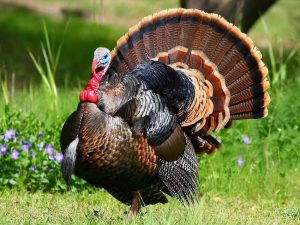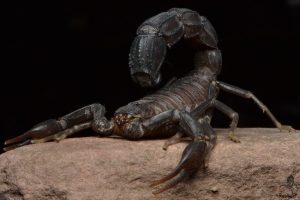The Platypus is a familiar animal from many animated films, often portrayed as a mix of more common creatures: a duck (beak and webbed feet), a beaver (tail), and an otter (body and fur). But does this animal really exist, and if so, what makes it so special? Let’s find out all about the platypus in this article from KnowAllAnimals!
1. Introduction to the Platypus
The platypus is an iconic, egg-laying, semi-aquatic mammal native to Australia. This unique animal sparked numerous taxonomic debates in Europe during the late 1700s and early 1800s. As of July 2018, it was officially recognized as a species with the scientific name Ornithorhynchus anatinus.
This distinctive mammal with its strange beak is typically most active at dawn and dusk. However, it can also be active during the day depending on the season, cloud cover, river flow, and even individual preference.
Platypuses do not hibernate. Interestingly, their body temperature is unusually low for a mammal, around 32°C (90°F). Studies have shown they can maintain a constant body temperature even after spending extended periods in water as cold as 4°C (39°F).
Research on this peculiar animal also shows that it can maintain a stable body temperature by controlling the heat generated from its metabolism (all the chemical reactions that happen in its body). The platypus’s body reduces blood flow to hairless areas, especially its tail, hind feet, and bill. Its waterproof fur also plays a role, trapping a layer of insulating air next to the skin.
Although they once thrived across most of eastern Australia, platypuses are now facing the risk of extinction. Negative impacts from climate change, such as droughts and bushfires, as well as habitat destruction from land clearing and fragmented river infrastructure, all threaten the survival of this extraordinary monotreme.
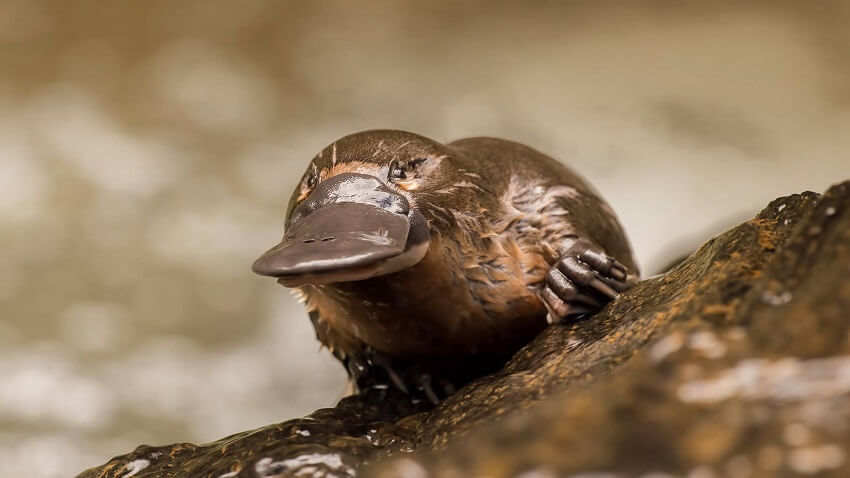
2. Physical Characteristics of the Platypus
When it was first discovered, the platypus’s unusual appearance raised many doubts among European scientists because of its strange shape and characteristics. Physically, it resembles a mole or an otter, with a beaver’s flat tail and a duck’s bill. Features that help the platypus adapt to its aquatic environment include a flat, streamlined body, eyes and nostrils located on its back, and a dense, waterproof coat that provides excellent insulation.
Size: Platypuses are 38 to 60 cm (15 to 24 inches) long, with males typically being larger than females.
Skeleton: The platypus’s skeleton is very heavy and shares some similarities with the skeletons of reptiles.
Bill: A platypus’s bill is soft and very sensitive, resembling a duck’s bill. It helps the platypus navigate and search for food.
Teeth: Although it has no teeth, a platypus uses grinding plates on the upper and lower surfaces of its jaw to chew food.
Cheek Pouches: A platypus stores its “treasures” in small cheek pouches while foraging for food.
Eyes: A platypus has no external ear flaps, and both its eyes and ears close when it dives. Its eyes have good vision, which helps it see sharp images at a distance.
Fur: While the fur on its back is thick, coarse, and reddish-brown or black, the fur on its belly is softer and grayish-white. The fur on its back protects the soft undercoat, keeping the undercoat dry after many hours spent underwater.
Feet: The wide webbing on its front feet extends beyond the claws, playing an essential role in helping the platypus move easily in the water. The paddle-like tail acts as a stabilizer when swimming, while the hind feet serve as rudders and brakes.
Spurs: The male platypus is one of the few venomous mammals in the world. It has a venomous spur on the inner side of each ankle that is connected to a venom gland located in its thigh. The spur can be used for defense and to attack enemies.
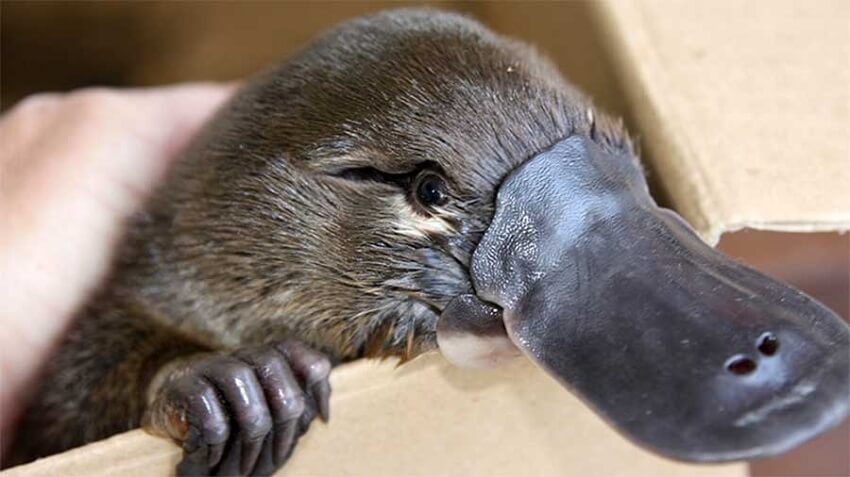
3. Platypus Habits
3.1. Habitat
Platypuses typically live in freshwater rivers, wetlands, and ponds in Australia. They occasionally dive into the brackish water of estuaries (areas where fresh and saltwater mix at the mouth of a river) but mainly stick to freshwater.
They can be found in a variety of freshwater systems, from the warm tropical streams of Queensland to the icy lakes of the Australian Alps, and all the way down to Tasmania.
3.2. Diet
The platypus is a bottom feeder, meaning it forages by using its bill to dig through the riverbed. Each day, a platypus needs to eat about 20% of its body weight, which requires about 12 hours of foraging. Due to their limited ability to hold their breath, platypuses usually feed in lakes and shallow water that is 1 to 5 meters deep.
A platypus’s diet mainly consists of bottom-dwelling invertebrates, especially larvae and insects. This animal also eats free-swimming creatures such as shrimp, aquatic beetles, water bugs, tadpoles, worms, freshwater mussels, and snails.
3.3. Reproduction
Male platypuses often fight during the breeding season, injuring each other with the sharp spurs on their ankles.
The courtship and mating of these peculiar-looking animals take place in the water from late winter to spring. The mating season varies by latitude; for example, those living in the northern regions of Australia usually mate earlier than those in the southern regions.
Female platypuses lay eggs in a deep, multi-chambered burrow dug near the water’s edge. The gestation period is at least 2 weeks (it can be up to 1 month), and the incubation period can take another 6 to 10 days. A female can lay 1 to 3 eggs.
The female incubates the eggs by curling her body around them. When the young platypuses hatch, they are fed milk by their mother. Since platypuses have no nipples, the milk is secreted from the mother’s mammary glands onto her skin, and the young feed by suckling the fur on her belly. The young nurse for 3 to 4 months before they are independent enough to forage for food on their own.
Young platypuses do not appear to breed in their first year of life; instead, both sexes are capable of reproduction in their second year. However, many females do not breed until they are at least 4 years old.
3.4. Migration
Platypuses have evolved to primarily respond to natural river flow patterns, so when those patterns change, they suffer from limited food sources. If the food supply of invertebrates is not abundant, platypuses will starve and migrate elsewhere, which leads to a decline in the ecological balance.
3.5. Dealing with Enemies
The platypus is a shy animal and will often dive into the water to swim away from an attacker. However, if it cannot escape, the male platypus will try to stab the attacker with the venomous spurs on its hind legs. These spurs contain venom that is potent enough to kill a dog, other small animals, or cause intense pain to a human if the spur pierces the skin.
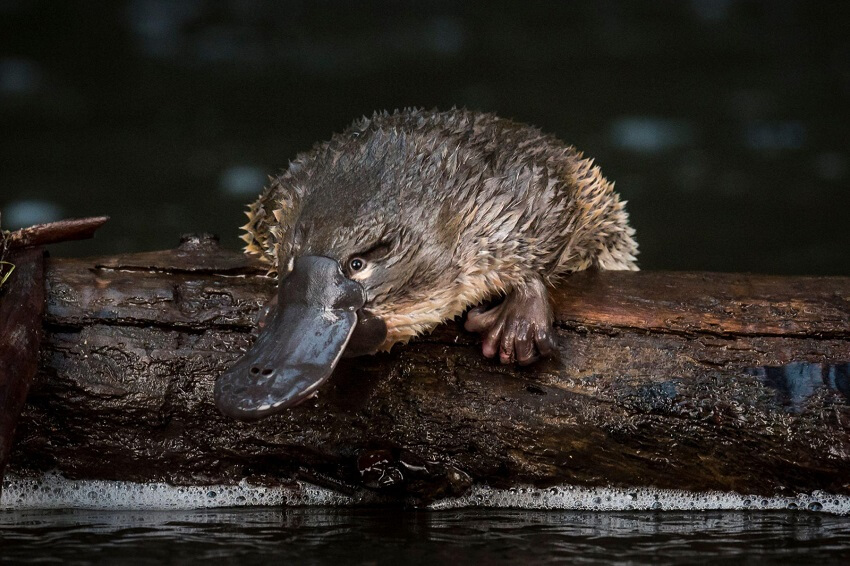
4. Platypus Classification
The platypus is classified into its own distinct order of mammals called Monotremata, which includes two families and three genera. The order Monotremata is distinguished from all other mammals because its members lay eggs.
The families are Tachyglossidae (echidnas) and Ornithorhynchidae (the platypus). The three genera include the platypus, the short-beaked echidna, and the long-beaked echidna.
5. 6 Unbelievable Facts About the Platypus
The platypus is one of the strangest creatures on the planet. It has a beak like a duck, but a tail like an otter. It swims underwater, but its entire body is covered in fur. And it even has venom like a snake. This is a creature that brings together the most interesting traits of many other animals.
5.1. A Super Sensitive Bill
When a platypus dives underwater to forage for food, its senses of sight, smell, and hearing are turned off. Even its tiny ears are tucked into a groove along with its eyes. So, how does a platypus sense its surroundings?
It’s no problem, because its bill is so sensitive it can find food by sensing the sound waves, movements, and electrical fields that its prey creates.
5.2. Venomous Ankles
Male platypuses have a spur—like a large fingernail—on the inner side of each ankle. They can use this spur just like a snake uses its fangs. The venom from the spur can kill small animals and cause extreme pain in humans if it pierces the skin.
On the bright side, scientists believe that this venom may one day be turned into a drug to help cure diabetes.
5.3. No Stomach
Almost all animals have a stomach to digest food. But like the echidna family, the platypus has an esophagus—the tube that normally carries food from the mouth to the stomach—that connects directly to the intestines. It doesn’t need a stomach to digest food.
That’s right, the platypus has no stomach!
5.4. A Super Unique Tail
Platypuses and beavers look like two peas in a pod when it comes to their tails. But the platypus doesn’t use its tail to swim in the water like many people think.
Instead, it uses its tail as a place to store body fat in case of a food shortage. And a female platypus also uses her tail to hold her eggs. Those are some unexpected uses for a tail!
5.5. A Body that Secretes Milk
As many people know, platypuses lay eggs like reptiles, rather than giving birth to live young like most mammals. However, they also don’t have nipples for feeding their young.
Even so, they still secrete milk for their babies. The platypus lies on its back, concentrates the milk in its abdomen, and then secretes it from skin folds or fur for its babies to suckle.
5.6. Glows in the Dark
Scientists recently discovered that platypuses glow in the dark. When you see a platypus in normal light, its fur looks brown, which is nothing special compared to many other animals.
But when scientists observed platypuses under ultraviolet (UV) light, they were surprised to learn that their fur emitted a green and blue glow. This glowing light from the platypus is a phenomenon called bio-fluorescence, which is extremely rare in mammals, especially egg-laying ones.
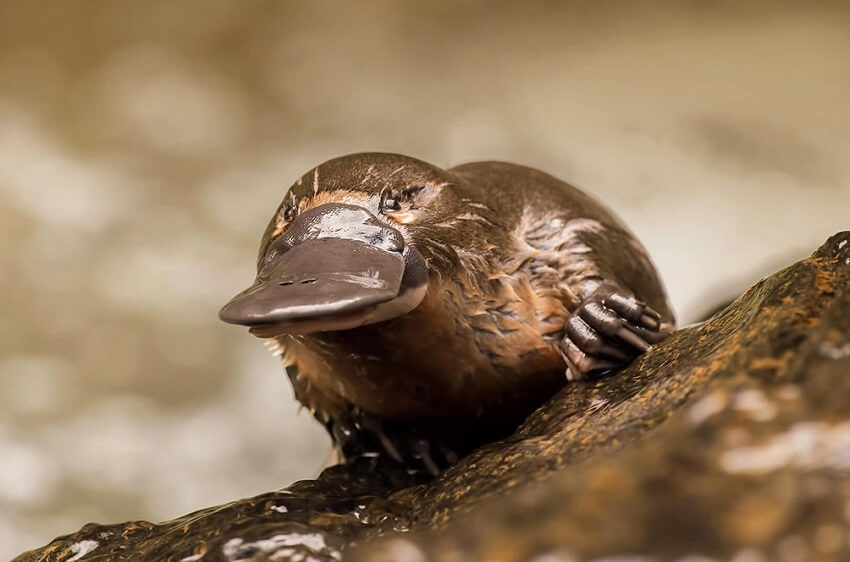
6. FAQs
1. Do platypuses lay eggs?
Yes, platypuses are one of the only mammals that lay eggs. They belong to a primitive group called monotremes.
2. Are platypuses poisonous?
Male platypuses have venomous spurs on their hind legs. Their venom can cause severe pain and swelling in humans.
3. Where do platypuses live?
Platypuses are native to eastern Australia and Tasmania. They live in freshwater rivers, lakes, and streams.
4. Can a platypus be kept as a pet?
No, platypuses are protected wildlife in Australia and cannot be legally kept as pets. They also have very specific habitat needs.
5. How do platypuses hunt underwater?
They use electroreception—detecting electric signals produced by prey—to find food with their bills, even with eyes and ears closed underwater.
We hope the information shared by Know All Animals has helped you better understand the Platypus. Thank you for reading our article.
References: https://en.wikipedia.org/wiki/Platypus

